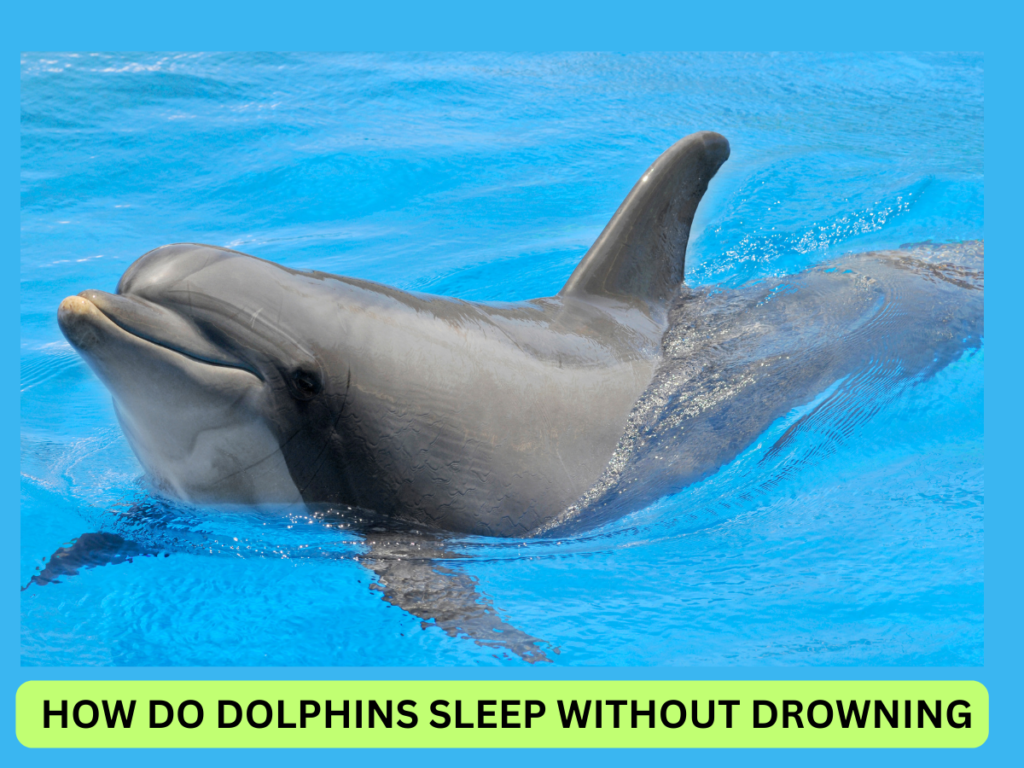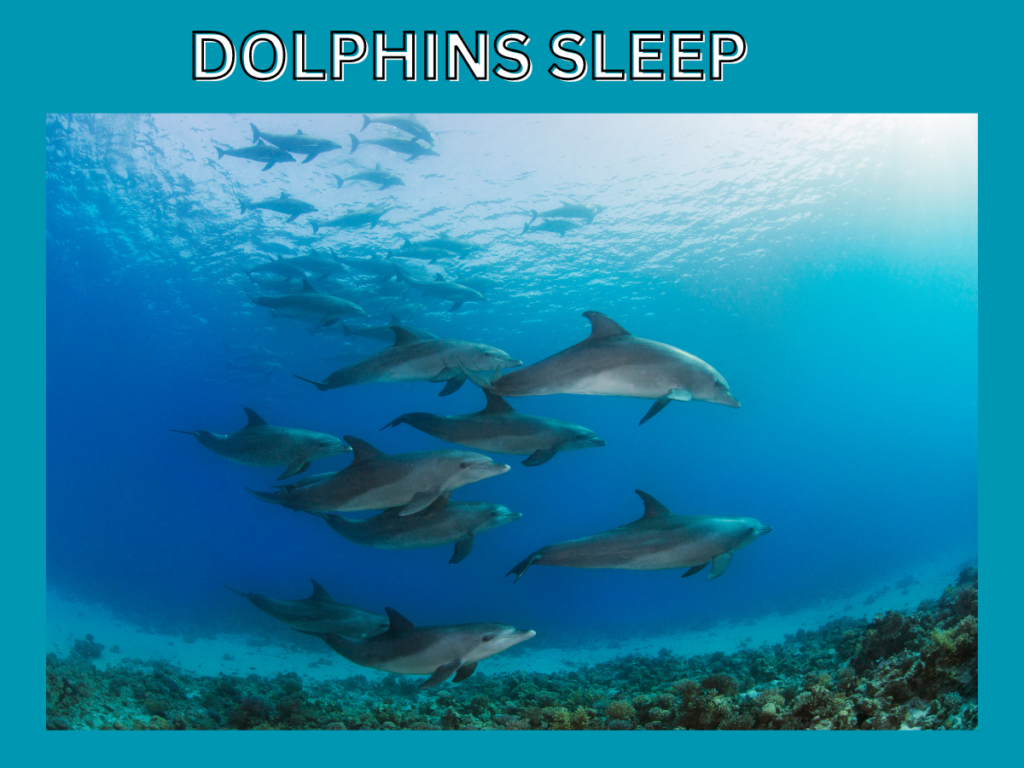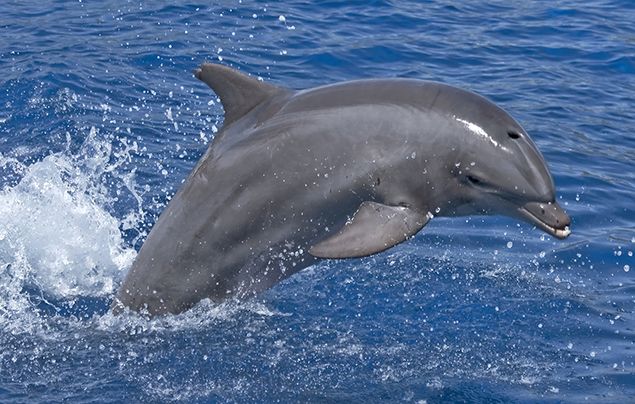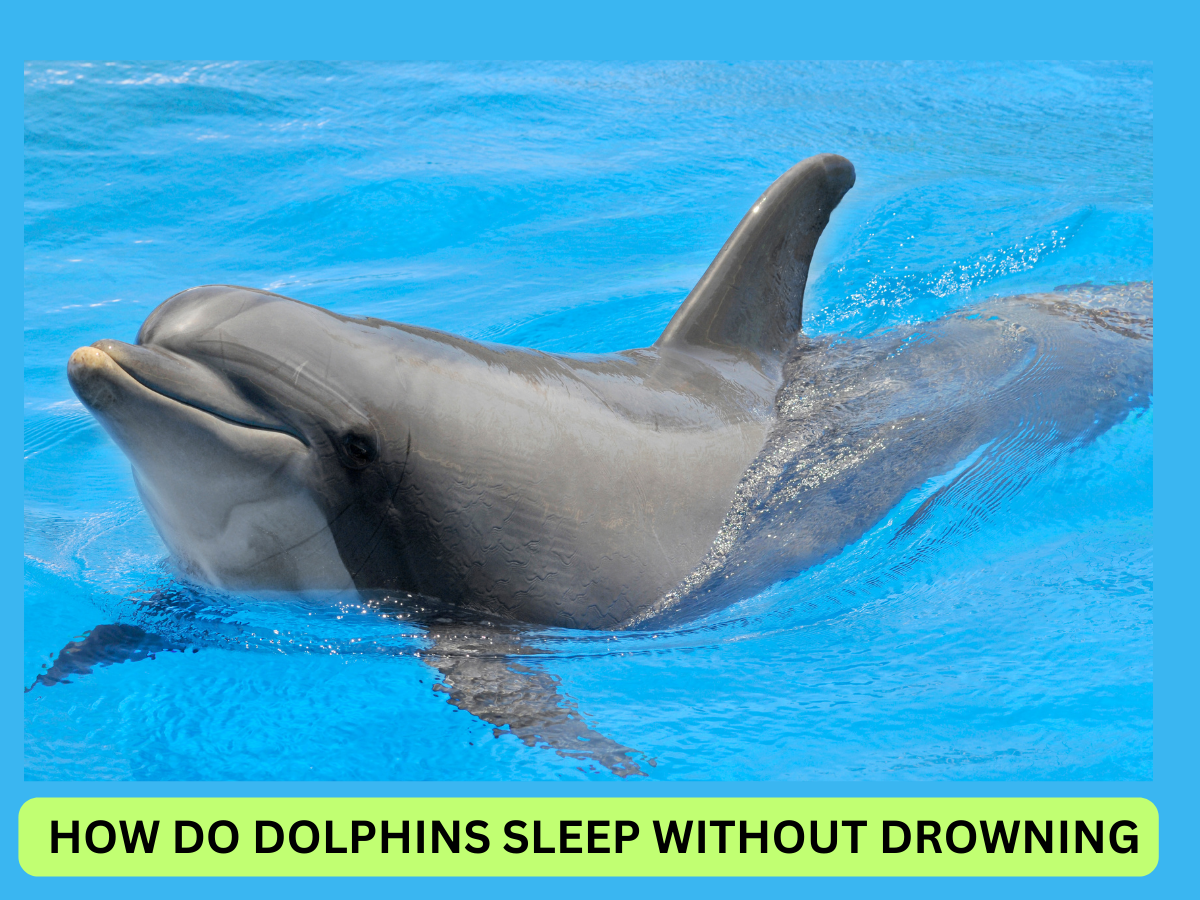In the mysterious world of marine life, a captivating question often arises: How do dolphins sleep without drowning? These sentient beings have perfected the skill of sleeping in the wide ocean, exhibiting an amazing adaption that guarantees relaxation without the possibility of asphyxia. Unihemispheric slow-wave sleep (USWS), an intriguing phenomenon, holds the key to the explanation. Dolphins need to often visit the water’s surface because, in contrast to humans, they are aware breathers. This raises the question of how these cetaceans balance their sleep cycles with the ever-changing demands of their aquatic environment. Let’s explore the special techniques dolphins use to balance their need to breathe with their need to rest, and discover the mysteries of their Unihemispheric slow-wave sleep.

Understanding Unihemispheric Slow-Wave Sleep:
Sleep is not an all-or-nothing proposition in the world of dolphins. Dolphins, on the other hand, have acquired the capacity to sleep one hemisphere of their brain at a time while the other remains up and aware. This Unihemispheric slow-wave sleep is an amazing adaptation that allows dolphins to keep swimming, returning to the surface for breath, and remaining alert to possible hazards.
Consider the possibility that humans may sleep with one eye open – this is essentially what dolphins do but in a more complicated and dynamic manner. Dolphins close one eye when sleeping in one hemisphere of their brain, and the open eye is on the active side of the brain. This clever adaptation allows dolphins to remain aware of their surroundings and keep an eye out for predators or other possible threats.

1. Periodic Switching:

Dolphins sleep alternately in both hemispheres to guarantee adequate rest for both. Over time, the therapeutic effects of sleep are experienced by each side of the brain thanks to this periodic switching process. Dolphins have an intricate mechanism that helps them manage their desire to surface for oxygen constantly while also balancing the needs of rest.
2. Buoyancy and Reflexes:

Dolphins depend on water to support their bodies as they sleep because of its buoyant qualities. The dolphin needs less effort to stay near the surface because of the water’s buoyancy, which helps the animal stay afloat. Furthermore, even when they are at rest, dolphins have an instinct that pulls them to the surface so they may breathe. This response makes sure that, even when you’re sleeping, your requirement for oxygen is met.
3. Keeping an Eye on the Ocean:

There are two reasons to keep an open eye during USWS. Dolphins use it not only to navigate and avoid obstacles but also to detect and avoid possible dangers. Being vigilant when at rest is a survival benefit in the wide ocean where predators may be lurking.
4. Choosing the Right Spot:

Dolphins choose their resting spots carefully. To reduce the distance they must travel to get the air, they frequently choose to sleep in shallow water or at locations close to the surface. This site selection demonstrates a thorough awareness of their surroundings and a thoughtful strategy for striking a balance between the needs of survival and relaxation.
The Benefits of Unihemispheric Slow-Wave Sleep:
For dolphins, being able to sleep with one eye open has many advantages:
- Constant Mobility: Dolphins are able to swim continuously, even while they are at rest, which facilitates ongoing exploration and navigation.
- Alertness: Staying alert while you sleep guarantees a prompt reaction to possible dangers, improving your chances of surviving in the open sea.
- Utilization of Buoyancy: Dolphins find it simpler to stay at the surface and preserve energy because of the buoyancy of the water, which offers physical support.
- Reflexive Breathing: Dolphins’ natural tendency to rise to the surface to breathe guarantees a steady flow of oxygen, which is essential to their health.
Summary of How do dolphins sleep:
Dolphins have developed an inventive and successful sleep method amid the great expanse of the ocean, where survival is a daily battle. Unihemispheric slow-wave sleep helps animals to relax, renew, and navigate the aquatic depths without sacrificing their requirement for oxygen. As we explore deeper into the complexities of dolphin sleep, we acquire a greater understanding of the incredible adaptations that allow these marine wonders to flourish in their dynamic and demanding aquatic surroundings.
